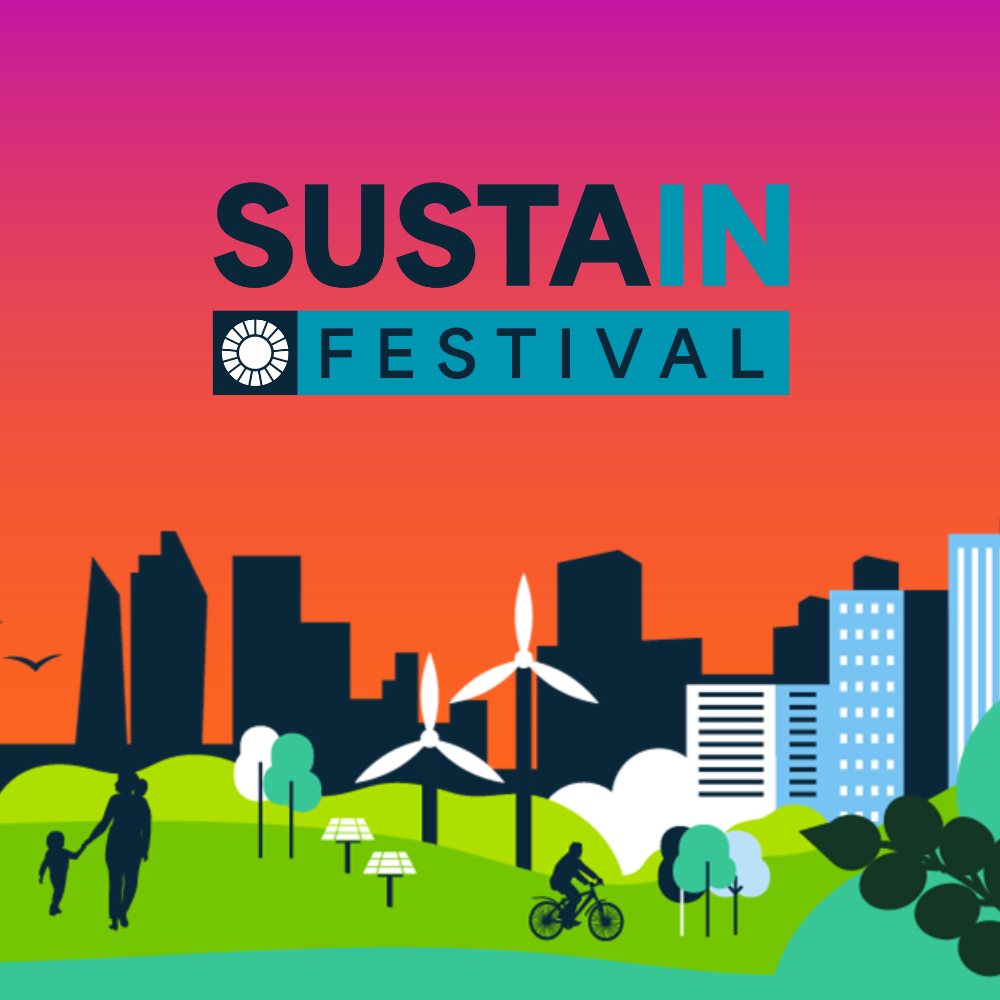- 16 Shrewsbury Road, Redhill, Surrey, RH1 6BH, United Kingdom
- Contact@betterinsurancenetwork.com
Insurance as a catalyst: Six ways the industry can enable a more sustainable future
February 4, 2025

In the first half of 2024, global insured losses from natural disasters rocketed to $60 billion, 62% higher than the 10-year average. In January 2025, the year began with record wildfire losses in California, putting the thorny issues of asset insurability and premium affordability firmly on the public agenda.
Insurers increasingly recognise that climate change poses an existential threat not just to policyholders’ assets but also the insurance industry itself. But to focus only on protecting profits overlooks the opportunities for the industry in the climate transition, as well as the catalytic roles it can and must play in building a more resilient, sustainable, low-carbon world.
Insurers don’t have to choose between doing well or doing good. In fact, as escalating natural catastrophe losses illustrate, the two are increasingly interlinked – a resilient, sustainable, low carbon world is a safer and more insurable one, which will safeguard profitability for the long-term.
Here are six ways the industry can set the weather on sustainability.
1. Ramping up engagement on decarbonisation
Reducing greenhouse gas emissions will help reverse the upward trend in climate-related losses, so actively engaging clients and customers on how to take meaningful action should bring benefits on both sides.
While progress is being made on measuring, reporting and target-setting related to underwriting-associated emissions, it is yet to be reflected in material reductions in underwriting emissions. It’s time for insurers to be more proactive.
Going forward, they must:
- Enhance their ability to assess individual companies’ transition plans and engage with and educate clients on the road forward.
- Hold them to account at renewal.
- Develop emission-reduction incentives for clients and individual customers.
- Develop their own transition plans to rebalance portfolios away from high emitters.
UNEP released a guide on developing insurance-specific transition plans in late 2024, which can be downloaded here.
2. Embed resilience and adaptation as business as usual
Only by adapting and building in resilience to insurance process can the long-term insurability of assets and profitability of (re)insurers be preserved.
This can include:
- Climate risk assessment and ‘build back better’ provisions mainstreamed across multiple business classes.
- Considering and incentivising climate risk management and resilience-building actions in the underwriting process.
3. Unlock capital for climate innovation
Climate solutions and clean technology need investment and protection.
(Re)insurers need to overcome nervousness about these unfamiliar and untested territories with new structures and solutions to accelerate capital flow.
Multi-stakeholder dialogue, partnerships and technical upskilling will be key to expanding the industry’s collective expertise.
Insurers also need to ensure they have a seat at the table during the early stages of innovation to help companies and emerging industries engineer risk in the design phase.
4. Advance nature-positive insurance
Taking action on nature will soon be under scrutiny thanks to frameworks such as the Corporate Sustainability Reporting Directive (CSRD), Task Force on Nature-Related Financial Disclosures (TNFD) and others on the horizon.
So (re)insurers need to start making tangible progress on identifying, measuring and assessing their nature-related risks, impacts and opportunities.
With 30% of land and water areas to be protected or under restoration by 2030, the industry also needs to play a key role in de-risking and financing nature-based insurance solutions and exploring ways to incorporate nature positivity into traditional coverage.
UNEP’s Principles for Sustainable Insurance released a guide for insurers on setting priority actions for nature, which can be downloaded here.
5. Align strategy to UN Sustainable Development Goals
Despite only being explicitly once or twice within the UN SDGs, the insurance industry has the potential to support many of the SDGs, as illustrated in a recent Allianz report that showed a clear correlation between insurance penetration and progress against the goals.
(Re)insurers need to align their impacts with the SDGs within their sustainability and broader business strategies, setting science-based targets to track and report on progress.
Tools are emerging to help insurers quantify impacts their business have on the SDGs, particularly on the underwriting side of the balance sheet. This exercise is likely to unearth clear synergies with the core business, as well as identifying opportunities to deepen impact while growing insurable markets.
Better Insurance Network and the UN Sustainable Development Solutions Network have developed an open course on insurance and the SDGs, which can be accessed here.
6. De-risk the agri-food system
A resilient, regenerative agriculture industry is essential to future food security while playing an important role in mitigating the impacts of climate change and nature degradation. (Re)insurers must do more to quantify the risks farmers in the developing and developed worlds face in transitioning to new approaches, and help de-risk and finance these innovations.
—
To unite (re)insurers in these collective missions, we have launched SUSTAIN Festival – the world’s first coordinated week of events focused on the role of the industry in building a more sustainable world.
This annual event aims to inspire swifter action while spotlighting opportunities and advancing innovation and best practices in implementation.
The rate of change due to the impacts of climate change is creating new risks. Insurance must lean into its role as the quiet catalyst for a better future for the planet while also recognising this as a generational opportunity to innovate.
Copyright © 2023 Better Insurance Network
Follow Us


